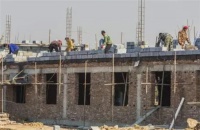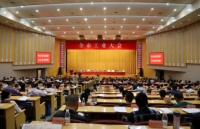地暖机VS空气能:技术对比与优势剖析
Understanding Ground-Source Heat Pumps: The Ultimate Guide Understanding Ground-Source Heat Pumps: The Ultimate Guide
In recent years, air-source heat pumps and ground-source heating systems have been gaining popularity in the home heating market as clean energy solutions. Ground-source heat pumps, as an upgraded version of air-source heat pumps, are increasingly being regarded as a premium choice by many users. Compared to air-source heat pumps, ground-source heating systems have significant advantages in terms of extreme cold adaptation, economic operation, comfort, and system stability. This article will delve into the technology, real-world data, cost analysis, comfort, and installation and maintenance of ground-source heat pumps.
Core Technology: The Breakthrough of EVI Jetting Enhancement
Ground-source heat pumps equipped with EVI (Enhanced Vapor Injection) technology is a key upgrade for coping with low-temperature environments. The principle is to use a combination of an enhanced compression system and an efficient cooler to achieve segmented compression and mixing of the refrigerant under different pressures, thus improving heating efficiency.
Dual-stage compression system: At -35℃ extreme cold, the ground-source heat pump can still maintain a COP value of 4.25, meaning 1 unit of electricity can produce 4.25 times the heat; whereas air-source heat pumps often have a COP below 2.5 at -10℃.
Dynamic thermal balance system: Optimizes refrigerant circulation, maintaining the outlet temperature at above 45℃ even at -35℃.
Full DC inverter technology: Automatically adjusts power according to the load, maintaining ultra-first-class energy efficiency at -20℃.
This means that the heating efficiency and low-temperature stability of ground-source heat pumps have far exceeded traditional air-source heat pumps.
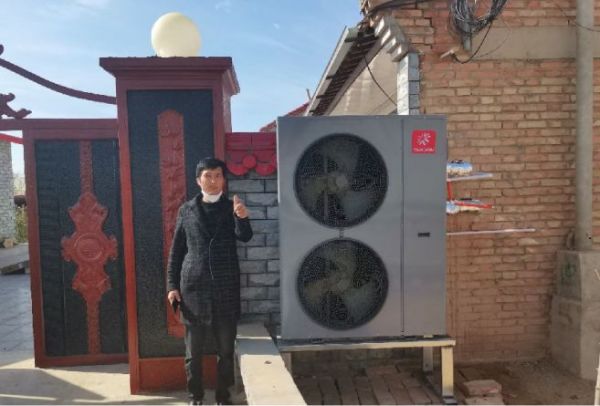
Extreme Cold Testing: Stable at -35℃
Multiple extreme environment tests have proven the reliability of ground-source heat pumps:
Mohe Test: At -50℃ conditions, the indoor temperature remains stable at 22℃, whereas air-source heat pumps require auxiliary heating, resulting in a 300% increase in energy consumption.
High Altitude Test: At an altitude of 5,000 meters, a 70㎡ room consumes 38.6 degrees of electricity in 24 hours, saving more than 60% compared to electric heating.
Nordic Long-term Verification: Norwegian users have been using the system for 20 consecutive years, with pipes remaining unfrozen at -45℃ environments, significantly exceeding the stability of air-source heat pumps.
Defrosting Efficiency: AI intelligent defrosting takes only 40 seconds to complete, whereas air-source heat pumps frequently stop to defrost, resulting in a poor heating experience.
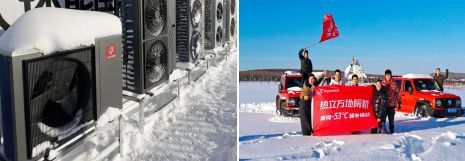
Long-term Economic Efficiency: 3-5 Years to Recoup Costs
From a life cycle perspective, the economic advantages of ground-source heat pumps are very significant.
Comparison of dimensions and differences between ground-source heat pumps and air-source heat pumps
Dimension Ground-Source Heat Pump Air-Source Heat Pump Initial Cost 50,000-80,000 yuan 70,000-90,000 yuan Annual Operation Cost (100㎡) 2,000-2,700 yuan 3,600-5,000 yuan Maintenance Cycle 20 years no maintenance Every 3 years to replace antifreeze 10-Year Total Cost About 70,000 yuan About 120,000 yuanThe key advantage lies in:
Energy saving: Saving 1,500-2,500 yuan annually, with a payback period of 3-5 years. No maintenance: The water circulation system does not require antifreeze, avoiding additional costs. Policy benefits: Northeast regions provide a maximum subsidy of up to 30% for ground-source heat pumps.Comfort: Supported by Scientific Data
The comfort of ground-source heat pumps is not only an experience but also has scientific evidence:
Uniform temperature distribution: Floor radiation heating, with a vertical temperature difference ≤2℃/m, avoids "hot head and cold feet"; whereas air conditioning heating can have a top temperature of 35℃ and a ground temperature of only 18℃. Appropriate humidity: The water circulation maintains humidity between 45%-55%, 27% higher than air conditioning, reducing respiratory and skin dryness issues. Noise performance: The space-decoupling noise reduction technology keeps the running noise as low as 42dB, equivalent to a library environment; whereas the air-source heat pump outdoor unit is often ≥55dB. Health benefits: Compliant with the traditional Chinese medicine concept of "warm feet and cool head," which is more friendly to the elderly, children, and patients with rheumatism.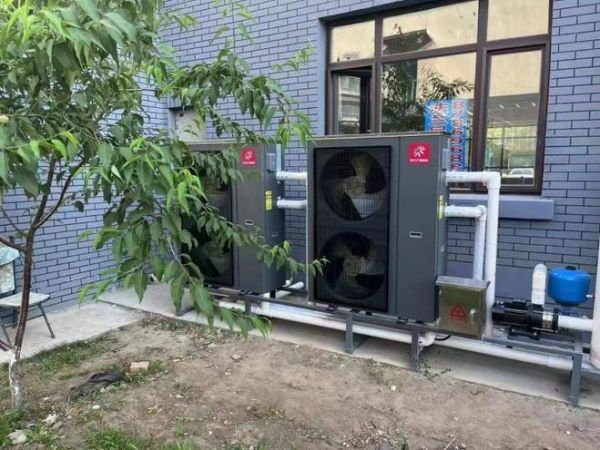
Installation and Maintenance: The Foundation for Long-term Security
Installation points: The ground level flatness must be controlled within ±5mm, the boundary insulation strips must be tightly spliced, and the pipeline uses a 5-point positioning technology to ensure uniform heat transfer.
Maintenance advantages: The water circulation system does not require antifreeze, with 20 years of no maintenance; the system has built-in frost protection design, eliminating the need for frequent manual handling.
After-sales guarantee: The main unit has a warranty of 3-5 years, the piping has a warranty of 50 years, and the professional installation team ensures long-term stability.
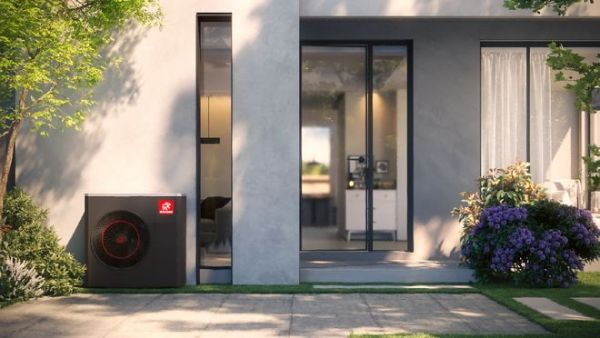
Conclusion: The Inevitable Choice for High-end Living
In summary, from technology, testing, cost, and user experience, ground-source heat pumps undoubtedly demonstrate irreplaceable value in cold regions, long-term residential families, and high-quality life demand groups.
Cold regions: Stable operation at -35℃, far surpassing air-source heat pumps. Long-term residence: Payback in 3-5 years, saving more than 50,000 yuan in 10 years. Health needs: More comfortable for elderly, children, and families with rheumatism. Whole-house system: An integrated heating, cooling, dehumidification, and hot water solution, saving space and cost compared to air-source heat pumps plus water heaters.For southern regions where winter temperatures are greater than -10℃, air-source heat pumps are still a cost-effective choice. However, if you追求extreme energy saving, silent operation, and low-temperature performance, ground-source heat pumps are the true high-end solution.
Air-source heat pumps solve the heating problem, while ground-source heat pumps bring comfort to the whole house.
相关知识
地暖机与空气能深度对比:技术原理与核心优势解析
地暖机VS空气能:技术对比与优势剖析
热立方地暖机和美的空气能哪个好?采暖怎么选?
热立方地暖机和美的空气能哪个好?如何选择家庭采暖设备?
地暖机省电优势深度解析
地暖机比空气能更省电的深度分析
为什么热立方地暖机比传统空气能更高端、更耐用?
地暖机和壁挂炉有啥区别?装地暖前必看!
地暖机和空气能哪个好,维修工揭秘:两者的差距不止一两个
地暖机和燃气壁挂炉哪个实用?看完这篇再选
网址: 地暖机VS空气能:技术对比与优势剖析 http://www.jiajubaike.cn/newsview131953.html
推荐即时动态

- 1自建房造价多少钱一平米 2 24995
- 2重磅出击▏欧嘉全屋定制荣获“ 17289
- 3属鼠和属兔的合不合 属鼠的和 16417
- 4大角鹿瓷砖 8438
- 5天天315,品质365!看联 6230
- 6卢森地板2022新品触感系列 6182
- 7骊住水科技第四届进博会访谈实 5710
- 8爱情数字代表的意思大全 恋爱 5696
- 9属鸡男与属鼠女相配吗 属鸡男 5035
- 10世外康养 设计中国度假式居家 4896


